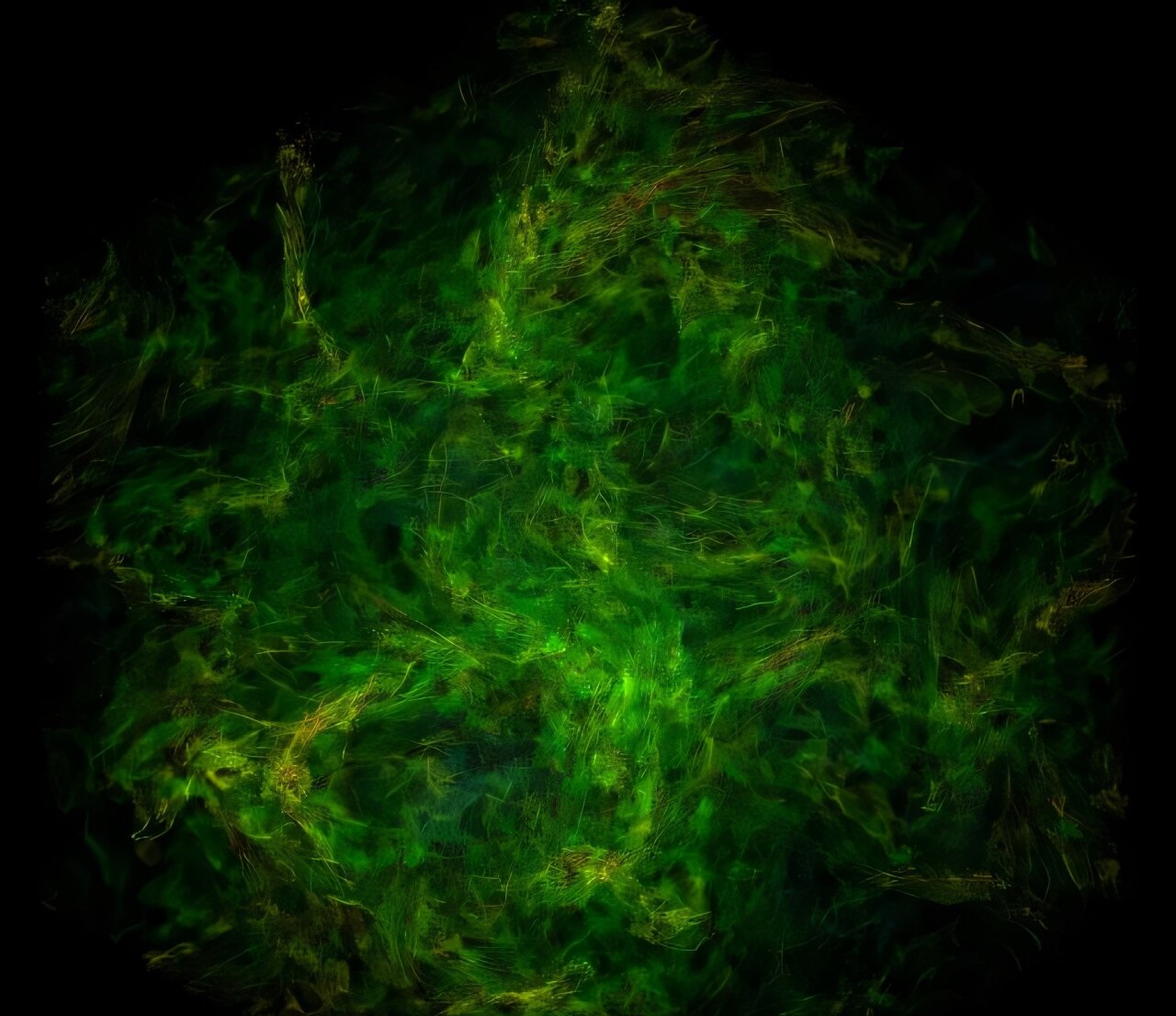The phenomenon of turbulence, i.e. chaotic motion of gases and liquids at high speed is well known on Earth. However, it also exists in space. In particular, scientists study it in cold gas and dust clouds, where stars are born.

Role of turbulence in star birth
In an airplane, air movements both small and large scale cause turbulence, which can lead to shaking during flight. Turbulence on a much larger scale is important for star formation in the giant molecular clouds that permeate the Milky Way.
In a new study published in the journal Science Advances, scientists created simulations to investigate how turbulence interacts with cloud density. Clumps, or pockets of density, are places where new stars are born. Our Sun, for example, formed 4.6 billion years ago in a clumpy part of a cloud that collapsed.
“We know that the main process that determines when and how quickly stars are made is turbulence, because it gives rise to the structures that create stars,” said Evan Scannapieco, professor of astrophysics at Arizona State University and lead author of the study. “Our study uncovers how those structures are formed.”
Simulation of turbulence in molecular clouds
Giant molecular clouds are full of random, turbulent motions caused by gravity, mixing galactic arms and winds, jets and explosions of young stars. This turbulence is so strong that it creates tremors that cause density changes in the cloud.
The simulation used dots called tracer particles that crossed the molecular cloud and moved with the material. As the particles move, they record the density of the part of the cloud they encounter, creating a history of density changes over time. The researchers, who also included Liubin Pan from Sun Yat Sen University in China, Marcus Brüggen of the University of Hamburg in Germany and Ed Buie of Vassar College in Poughkeepsie, N.Y., simulated eight scenarios, each with a different set of realistic cloud properties.
The team found that the acceleration and deceleration of shock waves plays an important role in the particles’ path. Shock waves slow down when they get into a high density gas and accelerate when they get into a low density gas. It’s similar to the way an ocean wave intensifies when it hits shallow water near the shore.
Shock waves in dense and non-dense media
When a particle hits a shock wave, the region around it becomes more dense. But since shock waves slow down in dense regions when the clumps become dense enough, turbulent motions cannot make them even denser. Stars are most likely to form in these high-density clusters.
While other studies have examined the molecular structures of cloud density, this simulation allows scientists to see how these structures form over time. This helps scientists understand how and where stars can be born.
NASA’s James Webb Space Telescope investigates the structure of molecular clouds. It also investigates the chemistry of molecular clouds, which depends on the history of the gas modeled in simulations. New measurements like these will advance our understanding of star formation.
Provided by phys.org


